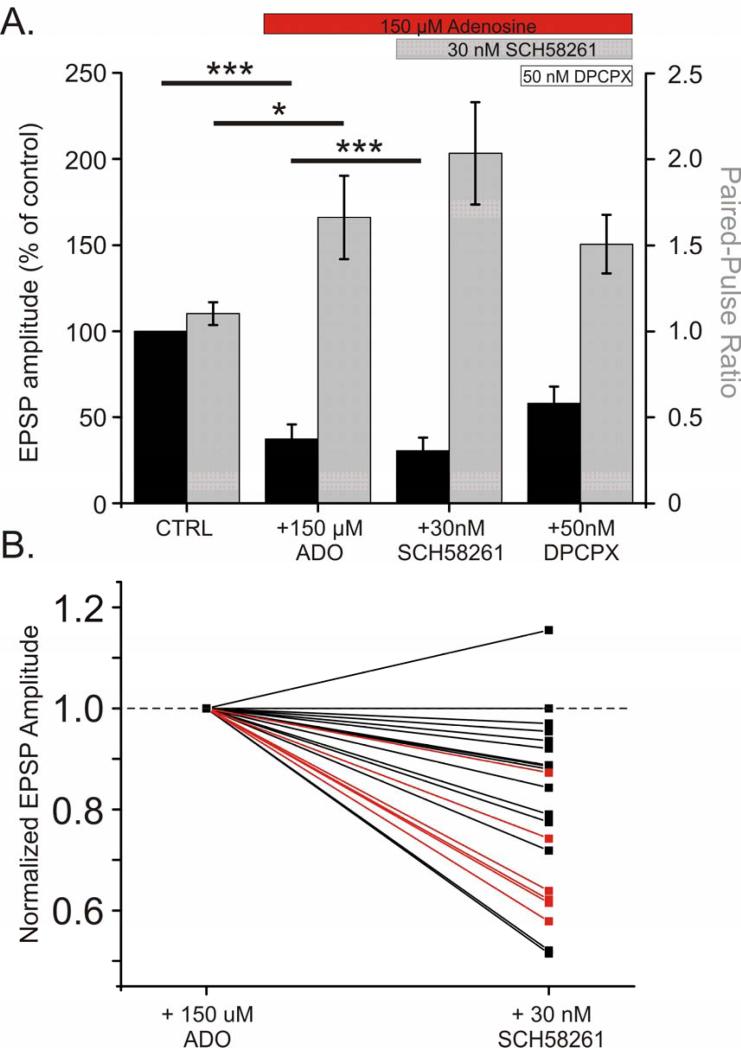Fig 9. On the background of a saturating concentration of adenosine, blockade of facilitatory A2A receptors by SCH-58261 leads to further reduction of EPSP amplitude.
A. Average reduction in evoked EPSP amplitude as percent of baseline (n = 24 inputs from 20 cells; black bars). PPR shown in grey. After application of 150 μM adenosine, 30nM SCH-58261 reduced the EPSP amplitude further, suggesting that under a high concentration of adenosine, the suppressive effect of inhibitory A1Rs is curbed by the activation of facilitatory A2A receptors.
B. Changes in normalized EPSP amplitude after the application of 30 nM SCH-58261 for individual inputs. For each input, normalized EPSP amplitudes during 150 μM adenosine and after subsequent addition of 30 nM SCH-58261 are connected with a line. Inputs which demonstrated a significant change (within subjects comparison of 20 individual EPSPs from each condition; p < 0.05, paired t-test) in EPSP amplitude after SCH-58261 application are highlighted in red.

